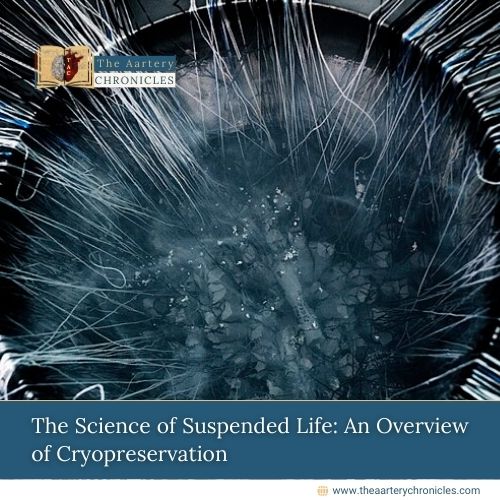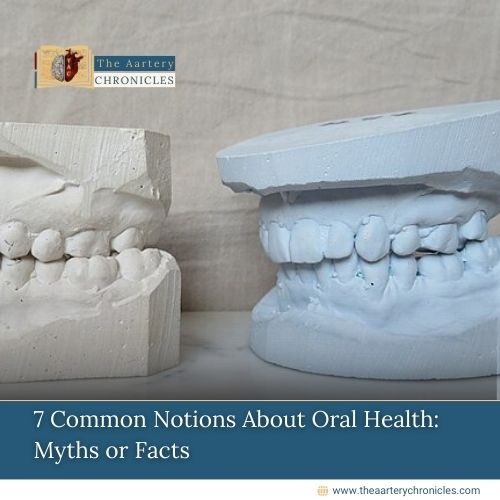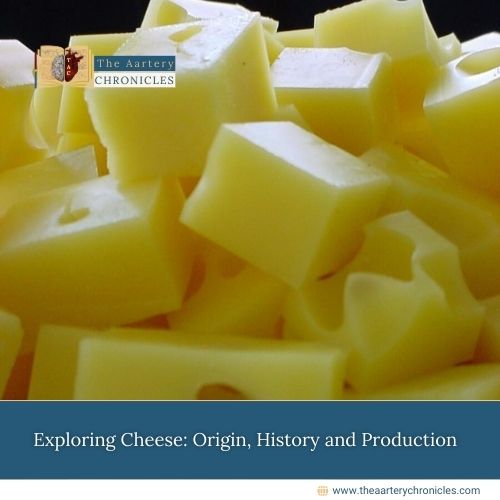
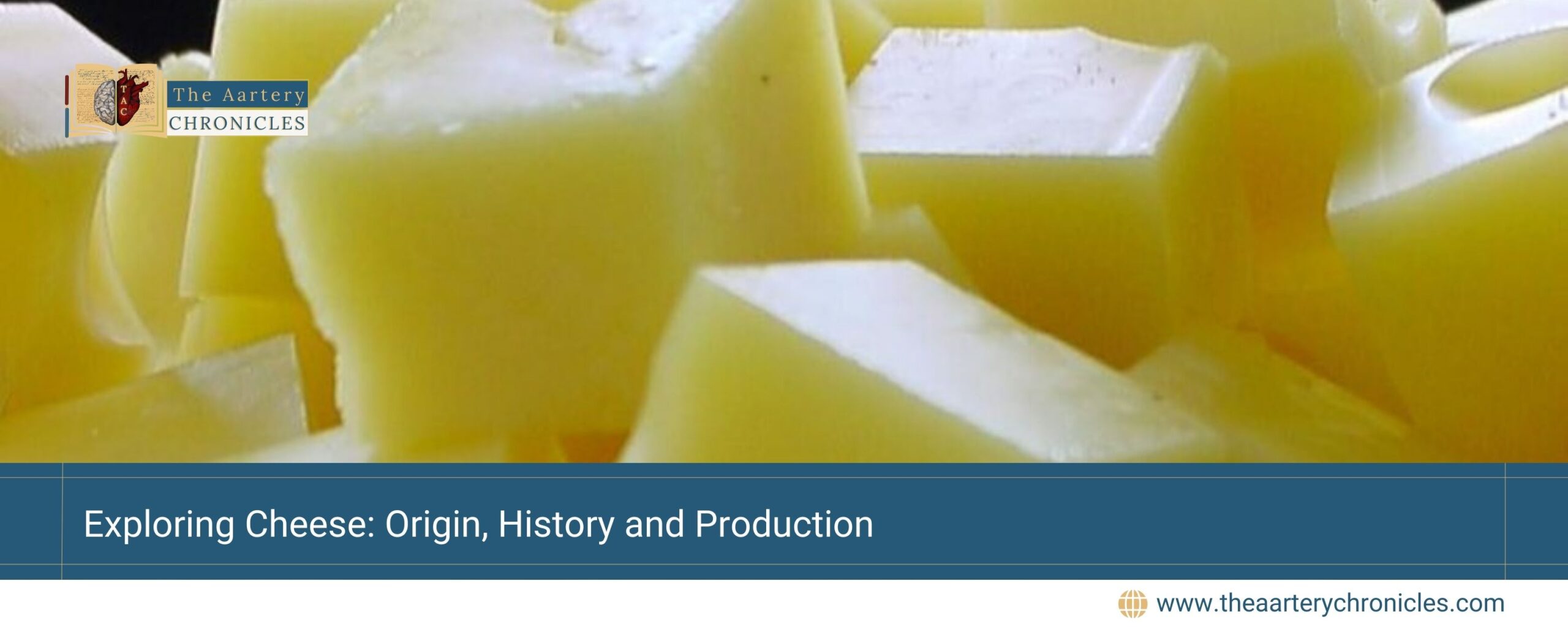
Exploring Cheese: Origin, History and Production
Overview
Cheese is one of the most ancient and loved foods with a rich history dating back thousands of years. It has various types, colors, textures, forms, and flavors prepared using multiple processes. Mainly prepared from milk, cheese plays a significant role in different cuisines. It is widely used in several preparations including sandwiches, salads, pasta, etc. Along with taste and flavors cheese is known for containing an astounding variety of nutrients including amino acids, minerals, vitamins, proteins, etc.
History Of Cheese
The exact time and location of the origin of cheese and its processing are not known, however, the technique is associated with the domestication of animals that produce milk, mainly sheep which originated around 8-10,000 years ago.
Various instances mention the art of cheesemaking in ancient Greek mythology. The evidence of Cheesemaking techniques, processes, and cheese types are found in murals and Egyptian tombs that date back over 4000 years. According to some reports, cheese was discovered by accident as in the early days people used containers made from animal stomachs to store milk. An enzyme called rennet present in the stomach of ruminants is responsible for the coagulation of milk separating whey and milk. Cheese and cheesemaking started to flourish in the Roman Empire and gradually in America and Asian parts around the 16th – 17th century.
The cheese industry grew phenomenally in the late 1800s and there were around 3923 factories worldwide that produced around 216 million pounds of cheese worth $17 million that year. [2] [3]
The science of making cheese
Cheese is made by fermenting and coagulating milk
- Milk is fermented from the lactic acid bacteria in milk and primarily from added bacterial cultures causing the milk to curdle
- Mainly rennet or a similar enzyme is added to facilitate coagulation
- After the separation of water cheese is infused for salting.
- A variety of additional cultures are used for different types of cheese, for example, propionic acid bacteria for Swiss cheese, white mould for cheeses that have a soft texture, for ripened cheese including Gruyere or Limburger, a community of bacteria or yeast may be used. [4]
There are more than 1800 varieties of cheese some of them include
- Cheddar
- Burrata
- Brie
- Mozzarella
- Swiss cheese
- Parmesan
- Feta
- American cheese
- Blue cheese
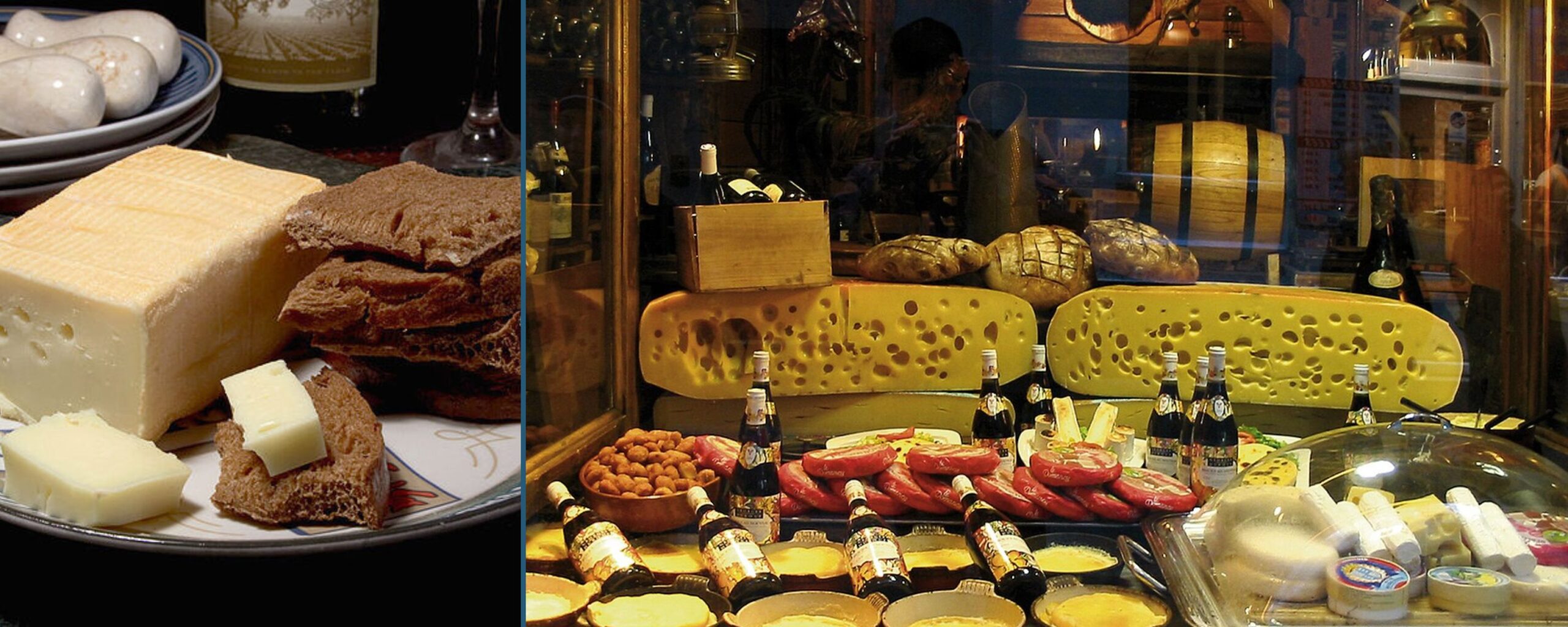
Rennet: Importance and Ethical dilemmas
What is rennet and why is it used?
- Rennet or calf rennet is the most used milk-clotting enzyme (MCE) in cheese processing.
- This enzyme is crucial for milk curdling because of key components such as chymosin or rennin, pepsin, and lipase. Chymosin targets the casein protein present in milk facilitating the process of curdling.
- Rennet is extracted from the lining of the fourth stomach of young ruminants such as lambs, goats, and calves. The enzyme is only found in young animals that are still dependent on milk as the food source. [4]
Controversy surrounding Rennet
The controversy surrounding Rennet is mainly because of the source used to derive it – with health, ethical, and environmental aspects associated with its use in the processing of cheese.
- Impact on the environment: Animal rennet is associated with the burden of environmental issues including deforestation, animal farming, water pollution, and emission of greenhouse gases.
- Ethical concerns
- Animal welfare: Young animals are slaughtered for their stomachs to derive rennet raising significant ethical issues. These practices are considered to be cruel, and inhumane by animal welfare advocates.
- Some other concerns include cultural sensitivities in several cultures where certain animals are of religious significance and hold important cultural sentiments
Alternatives to animal Rennet
Substitutes for animal rennet can be derived from plants, microbes, or recombinant sources. [4] [5]
- Plant-derived MCEs: Artichokes, nettles, thistles, and caper leaves have several enzymes to help coagulate milk. These are considered important vegetarian alternatives for traditional animal-derived rennet.
- Microbial MCEs: Microbes such as Endothia parasitica, Irpex lactis, Rhizomucor pusillus, and R. miehei are used to make cheese. Apart from these several other varieties of fungi, bacteria, and yeast are also widely used. [6]
- Recombinant MCEs: Genetically engineered enzymes include fermentation-produced chymosin (FPC), and fermentation-produced camel chymosin (FCC). [4] [5]
Approximately 20-30 % of cheese is prepared from traditional animal rennet whereas, 70-80% is produced using alternative sources mainly microbial and recombinant.
Conclusion
Cheese is not just food; it is a significant part of a culture with a rich history. From accidental discovery to the most loved staple in various cuisines, cheese has evolved into several forms, textures, flavors, and preparation techniques. The demand for vegetarian, vegan, and environmentally friendly options has been increasing and there has been a significant decline in the use of animal rennet globally. These options are sustainable and maintain the ethical considerations. Like many rich foods, overconsumption of cheese is associated with various health issues such as high cholesterol and cardiovascular diseases.


